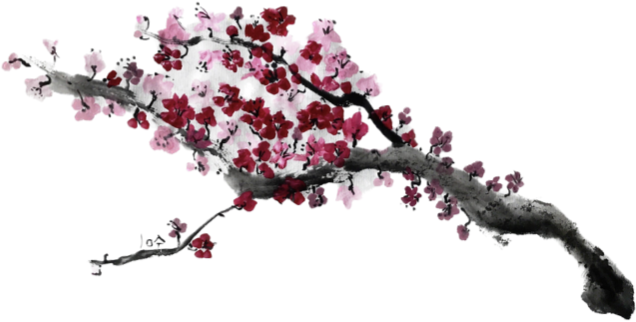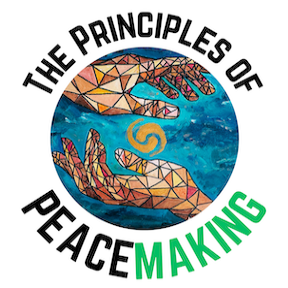

The Principles
1. Acceptance is a catalyst for change
Quinn told us a story that was ongoing: his experience leaving behind his comfortable life and home to make peace with himself and his circumstances on the open road. We learned from his story that all paths are hard in their own way, and that sometimes growth occurs not because our circumstances change, but because we choose to accept ourselves and others as we are.In the follow-up episode, Michael and Obasi discuss stories from their own lives in which they were forced to accept themselves for who they were, rather than who they wanted to be. Also featuring stories about Kendrick Lamar, Carl Rogers (the father of person-centered psychology), and a serial killer. Finally, they invite Quinn back to share his post-van-life reflections.

2. Identify the root of the pain and recommit
We learned from Dan and Tracey that surface-level conflicts are often about something deeper and more personal – our root insecurities. Instead of focusing purely on the moment of conflict, the peacemaker steps back and asks, what is the pattern here? What fear or insecurity was just triggered within me? What was triggered within the other party? When we can reflect honestly within ourselves, we give ourselves the space to reach back out to each other.
3. Peacemaking is creativity
Through an ongoing story of peacemaking that spans generations, Jaclyn's story taught us that peacemaking is creative work. Like any work of art, peacemaking takes imagination, and no two acts of peacemaking are quite the same. Like every artist, all peacemakers struggle with self-criticism, and it is never quite clear when their work is complete. But that's the beauty of peacemaking – it is not our job to fix all the world's problems. Our task is simply to take the canvas and materials we have been given and create something new – a slightly better world and a new canvas for our successors to carry the work forward.
4. "Who here needs mercy?"
Through three stories – one fictional, one personal, and one societal – Siobhan taught us that true peacemaking requires that we let go of a simplistic understanding of who is at fault, and recognize that responsibility and harm are always deeply complicated. If we truly want to bring peace – to end conflicts and allow ourselves and our societies to move on – then we have to be willing to do whatever it takes, even if that means offering mercy or forgiveness to the perpetrator of the harm. If we are unwilling to take this step, can we really call ourselves peacemakers?
5. Notice the loudness
In a story about making peace with herself, Diana framed peacemaking in terms of quietness and loudness. We learned from her example that the loudness of conflict can sometimes go unnoticed, when it is intentionally or unintentionally ignored. The first step to bringing peace is recognizing that the conflict exists at all, which requires that we are both attentive and honest, and that we see ourselves and each other as humans who are worthy of our care.
6. Truth heals
Gabe told us a wide-ranging story about the ways societies reckon with the impacts of civil war. We learned from several examples that the only path towards actual healing runs through truth. If we want to make peace, we must take the time to hear from all parties (especially the victims), and come to a shared understanding of the truth of what happened. Though this is sometimes difficult and often painful, it brings a type of peace and closure that no amount of retribution or punishment can bring.
7. Pay attention
Adam shared three stories about three very different conflicts, and showed us that, many times, what divides us is simply our inability – or unwillingness – to understand one another. But if we prioritize peacemaking, we are willing to change what we pay attention to. Instead of being hyper-focused on our differences, the peacemaker is aware of and attuned to everything else that is going on in a conflict – the tenor of the conversation, who is speaking and who is quiet, the way we ourselves are feeling. Sometimes, allowing our attention to wander is productive – it gives us the ability to look beyond the conflict, and see each other.
